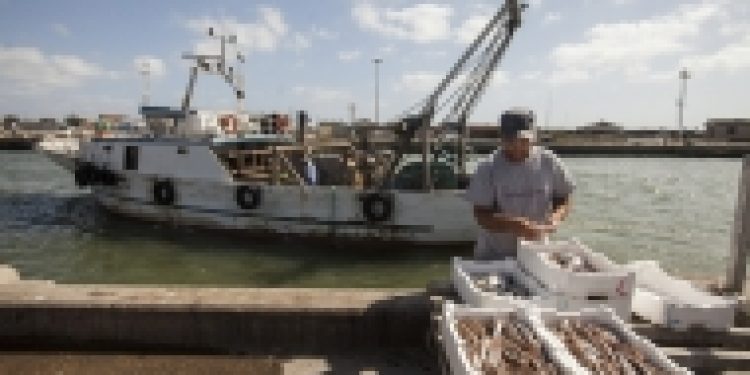The FAO’s State of World Fisheries and Aquaculture (SOFIA) report has been published, and the data it presents shows that the global annual per capita fish consumption has risen above 20kg for the first time.
The 2014 catch total came to 93 million tonnes, with Alaska pollock replacing anchoveta as the top species for the first time, as well as recording record catches for tunas, lobsters, shrimps and cephalopods in 2014.
SOFIA also reports that there are 57 million people around the world involved directly in primary fish production – and a third of that number work in aquaculture. There are also 4.60 million fishing vessels, 90% of the in Asia and Africa, and only 64,000 of these are over 24 metres in length.
The increase in per capita consumption to exceed 20kg is approximately double the level of consumption in the 1960s, and SOFIA identifies the growth of aquaculture as being behind this as aquaculture production rose to almost 74 million tonnes in 2014, of which a third comprised molluscs, crustaceans and other non-fish animals. Roughly half of the world’s aquaculture production of animals, often shellfish and carp, and plants including seaweeds and microalgae, came from non-fed species.
According to SOFIA, almost a third of commercial fish stocks are now fished at biologically unsustainable levels, triple the level of 1974. Stocks are classified as being fished at biologically unsustainable levels when they have an abundance lower than the level that can produce Maximum Sustainable Yield.
According to the FAO statement that accompanied the publication of SOFIA, decreased fish landings have been observed in some regions due to the implementation of effective management regulations, like in the Northwest Atlantic, where the annual catch is now less than half the level of the early 1970s.
It pinpoints Patagonian toothfish as a success story as the catch in Antarctic waters has been stable since 2005, and catches of Antarctic krill, which feed directly on phytoplankton, jumped substantially to levels not reached since the early 1990s, while being maintained at sustainable levels.
The report described the situation in the Mediterranean and Black Sea – where 59% of assessed stocks are fished at biologically unsustainable levels – as ‘alarming,’ particularly with reference to larger fish such as hake, mullet, sole and sea breams. In the Eastern Mediterranean, the possible expansion of invasive fish species associated to climate change is a concern.
‘Life below water, which the Sustainable Development Agenda commits us to conserve, is a major ally in our effort to meet a host of challenges, from food security to climate change,’ said FAO Director-General José Graziano da Silva. ‘This report shows that capture fisheries can be managed sustainably, while also pointing to the enormous and growing potential of aquaculture to boost human nutrition and support livelihoods with productive jobs.’
All 190 pages of the report can be found here.









